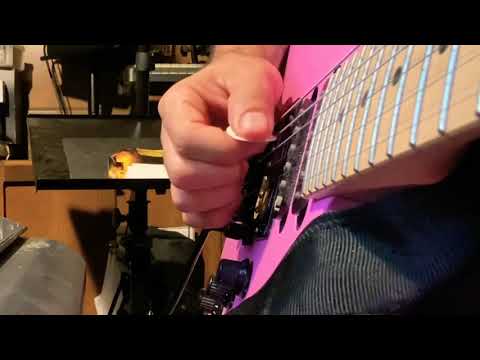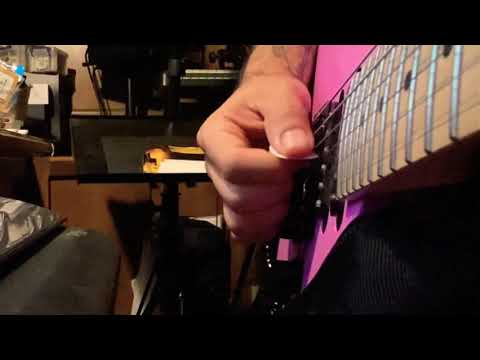We use iPhones in all our stuff, but I was getting weird prompts like it wanted to copy these videos to my account or something, and I don’t really use iCloud — at least not that I’m aware of. So I just canceled out when I saw that. YouTube is a much better option.
Thanks for posting these, they look great. Your slower speed technique looks like double escape motion, and your faster speed looks more like USX. You can see in the second clip, around 57 seconds or so, how the pick hits the higher string when you start to go fast. That’s not a mistake, that’s a rest stroke. You see this in Gypsy playing and Eric Johnson’s technique. That means the downstroke is lower, in between the strings, and trapped. That’s why it’s hitting. The upstroke is either not going far enough to contact the lower string, or it’s actually going over the top, which means it’s escaped, i.e. USX.
Olli Soikkeli is a double escape player we have filmed where when he speeds up, the double escape motion isn’t really visible because the motion is smaller. However he is still able to escape as needed in both directions, to get over the string, by doing the escape at the moment of the string change. Here’s an example of that, which you can watch in slow motion to see what it looks like:
I tend to think of this as “mixed escape”, because we don’t really have a name for it. I think it’s basically what happens to double escape players as they get very fast, into shred speeds, where the motion is still basically the same, just trimmed to only the portion of the motion that matters — either the downstroke escape portion, the upstroke escape portion, or the center portion. Maybe we’ll come up with a name for that down the line.
Anyway, in your case, what I would do is basically try some test phrases to see what happens to the motion and if there is any issue with changing strings. The chromatic example you are using here, which is four notes per string, is a good test:
Can you do that with your fastest motion and still make the string changes cleanly? That will tell you if upstroke string changes are working. Then another test would be this kind of scale pattern, which is a very simple test to make sure downstroke string changes are working:
If both of these tests are working then I might not worry too much about your motion because it’s probably working. I would go the rest of the way by feel. But take those tests and see how you make out.





